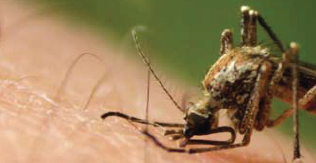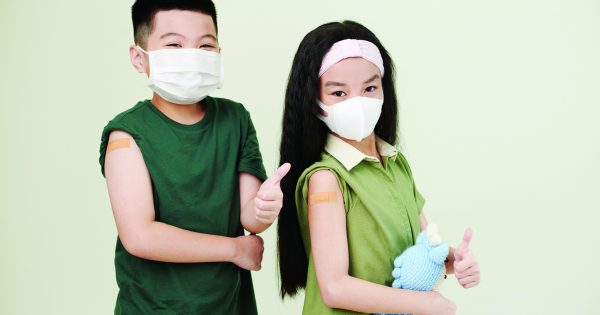Malaria, dengue fever, Japanese Encephalitis and Chikungunya disease are diseases transmitted by mosquitoes. Dengue fever and Chikungunya are diseases that are caused by viruses and spread by the bite of the Aedes mosquito.
Chikungunya disease originates from Africa, as indicated by its name; derived from the Makonde root verb kungunyala, meaning “to dry up or become contorted”,or more specifically, as “that which bends up”. Chikungunya has effects which persist for a long time or are chronic. In fact, this is one of the main differences between Chikungunya and dengue. Even after the fever has subsided, problems such as joint pains could persist for several months.
Until February 21, 2009, a total of 8920 dengue cases and 23 deaths were reported nationwide since 2009. This is a 158% increase compared to the same period last year – 5646 cases and 10 deaths. The Klang Valley reported majority of the cases while the others occurred mostly in Perak, Johor, Penang and Sarawak. In addition, 883 cases of Chikungunya have also been reported during the same time period this year.
| Differences in Symptoms | |
| Dengue | Chikungunya |
|
|
Prevention
Eliminating mosquito breeding areas can be an extremely effective and simple to perform, without resorting to insecticides. Many mosquitoes breed in standing or stagnant water. Ensure that there are no mosquito breeding grounds around your home. Empty water from containers eg flower vases, water coolers, overhead tanks, pails, pet dishes and bird baths. Remove unused plastic pools, old tyres, or buckets; clear clogged gutters and repair leaks around faucets.
| Getting Rid of Breeding Grounds | Protecting Your Children and Family |
|
|
Analysis of dengue-related deaths in 2008 showed that 90% of them could have been prevented if patients had sought early treatment. Report any suspected cases to the health authorities for fogging to be carried out in your area.







Comments